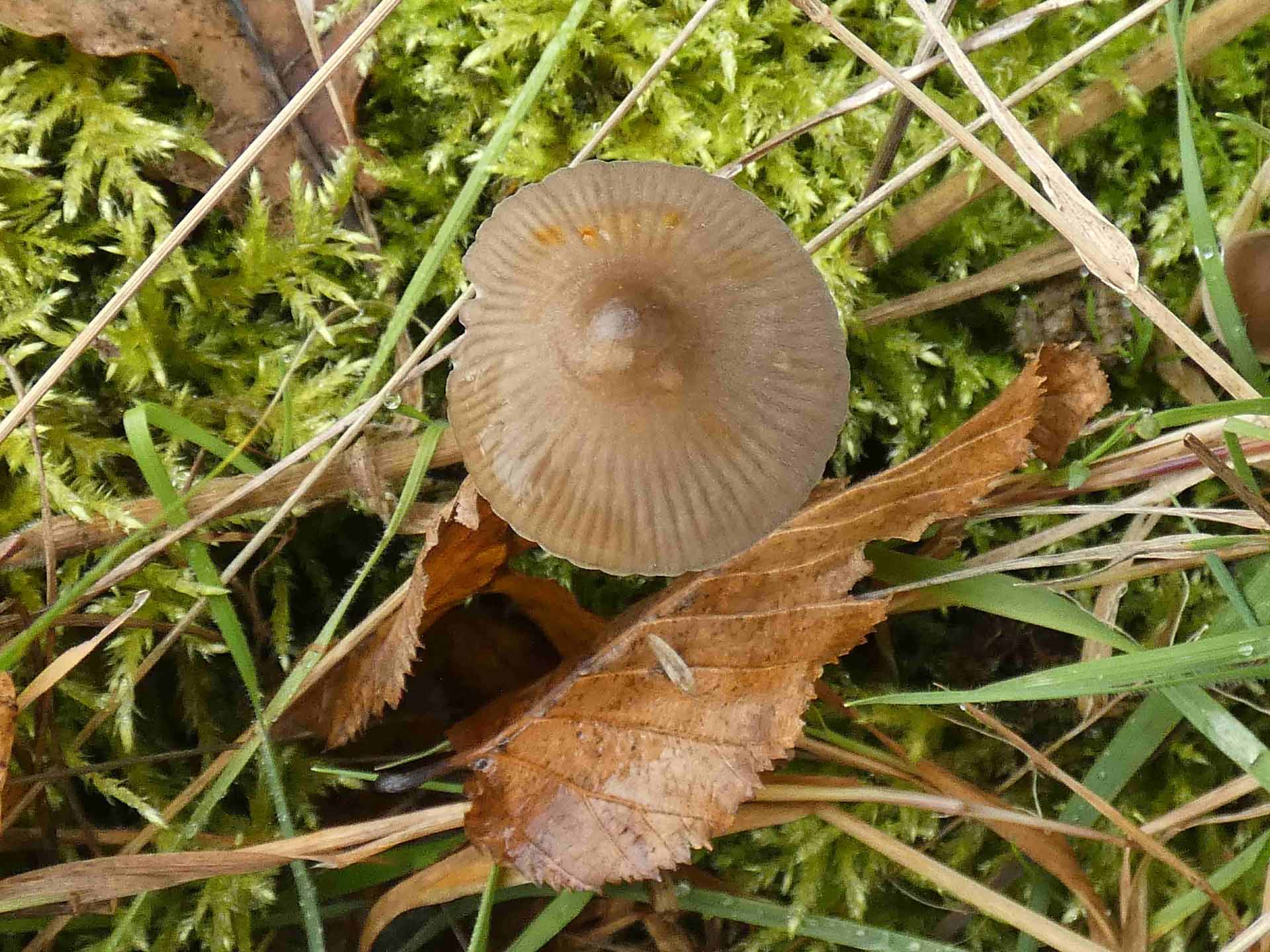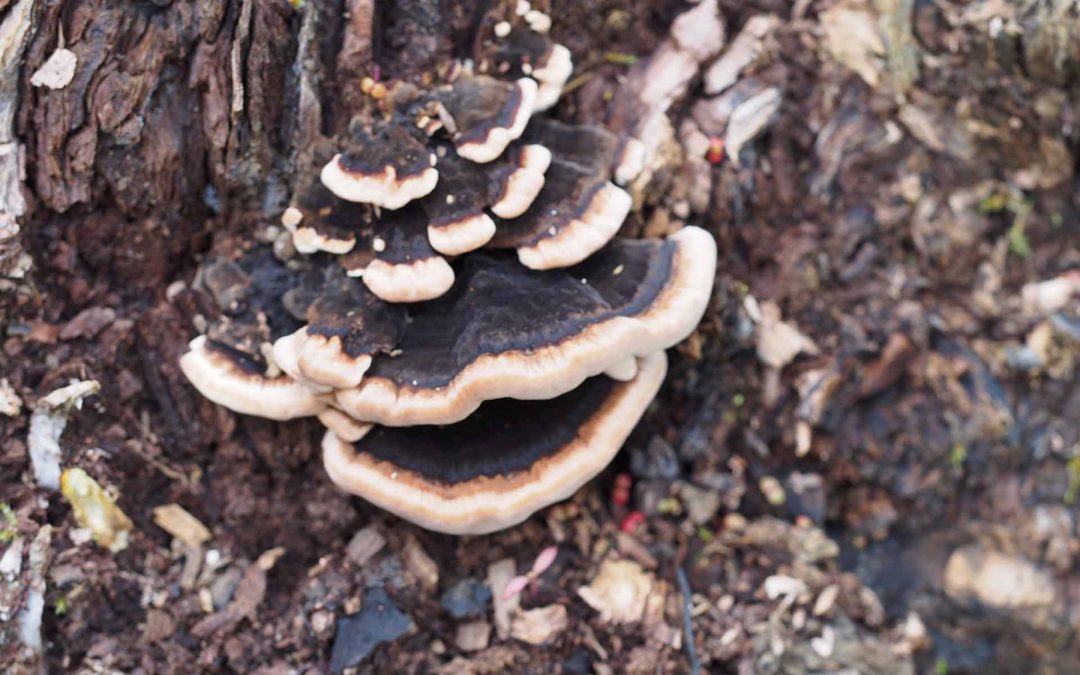Autumn walk at Hambleton Woods
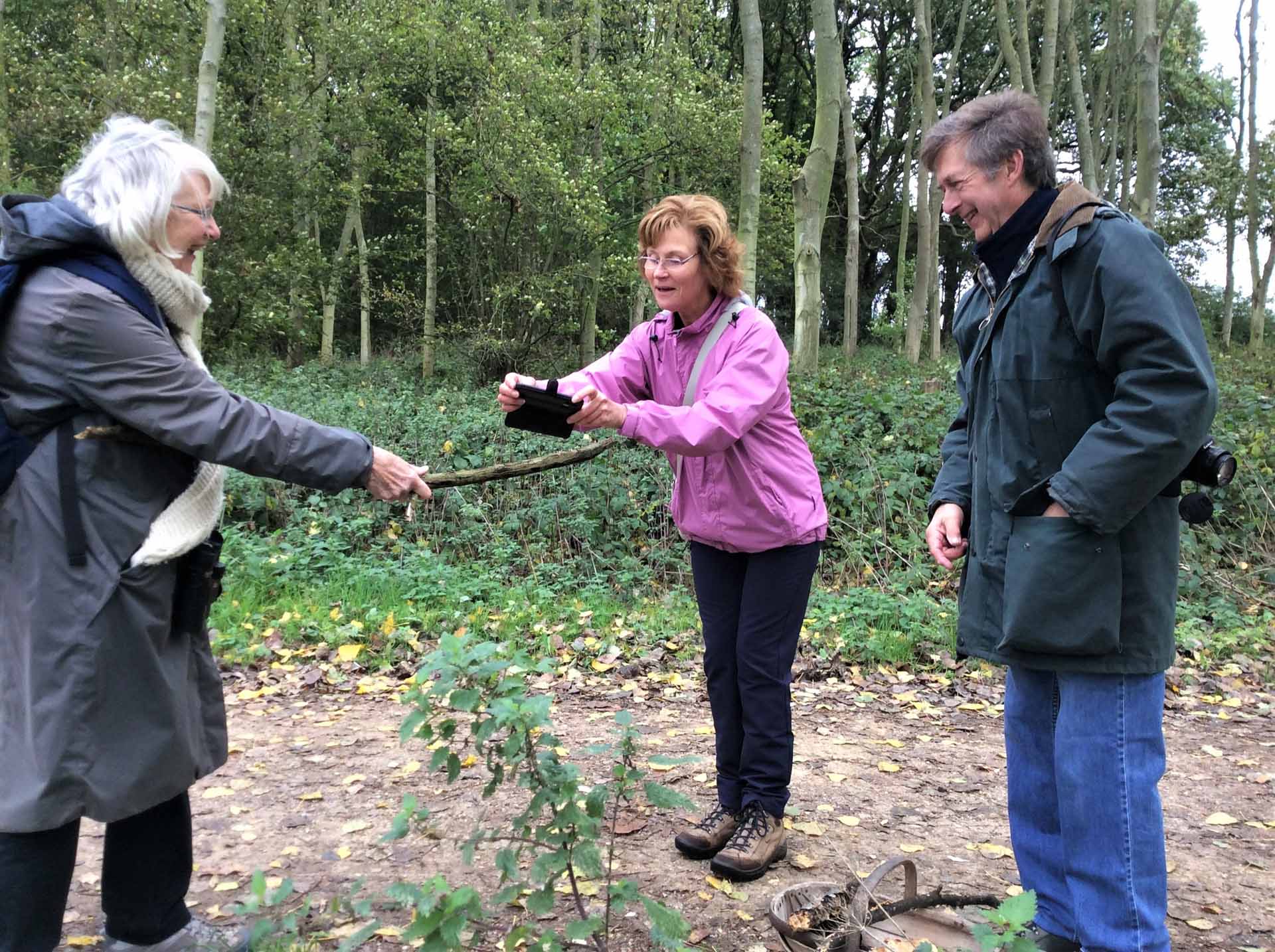
Well, we finally managed to organise our first RNHS outdoor walk since 14th March! Six successive cancellations later, it was so good to get out into the woods and enjoy the brisk breezy weather around the shores of the Hambleton peninsula. With two teams of six, each group armed with a trug for our expected haul of fungal specimens, we set off at ten minute intervals (to keep to the “Rule of 6”) to see what we would find. Fortunately for all of us, Roy Lemmon, our plant gall recorder, having some knowledge of Mycology, helped to keep us on track, and after some while getting our “eye in”, we emerged out of the woods two hours later, a little more knowledgeable than when we went in.
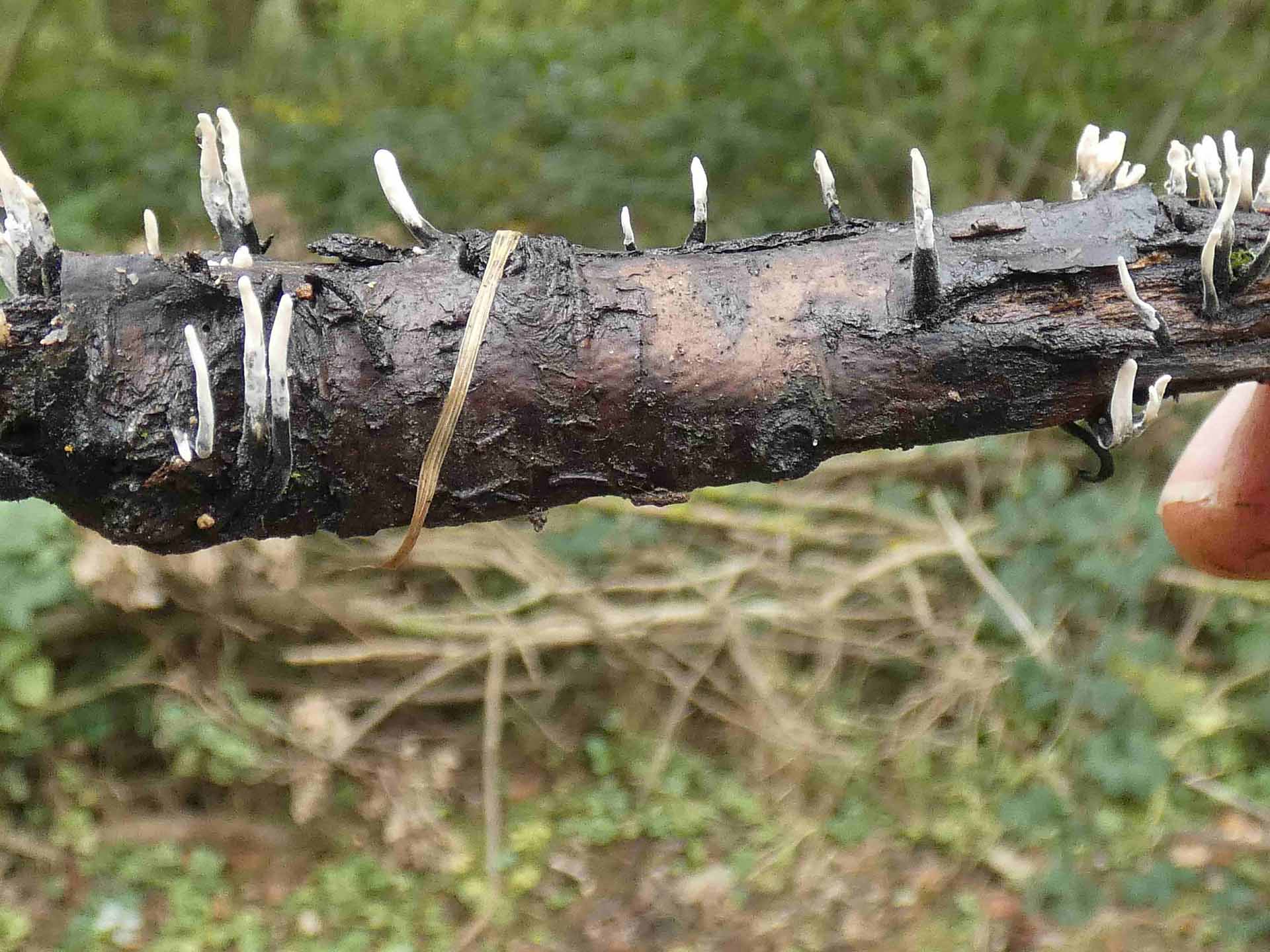
It is a credit to all who took part in the walk, that we did not wander from the task in hand, despite our limited expertise and came back with a passable record of the fungal species to be found in Hambleton woods – though I note – not one looked remotely appetizing enough to turn into a mushroom risotto.
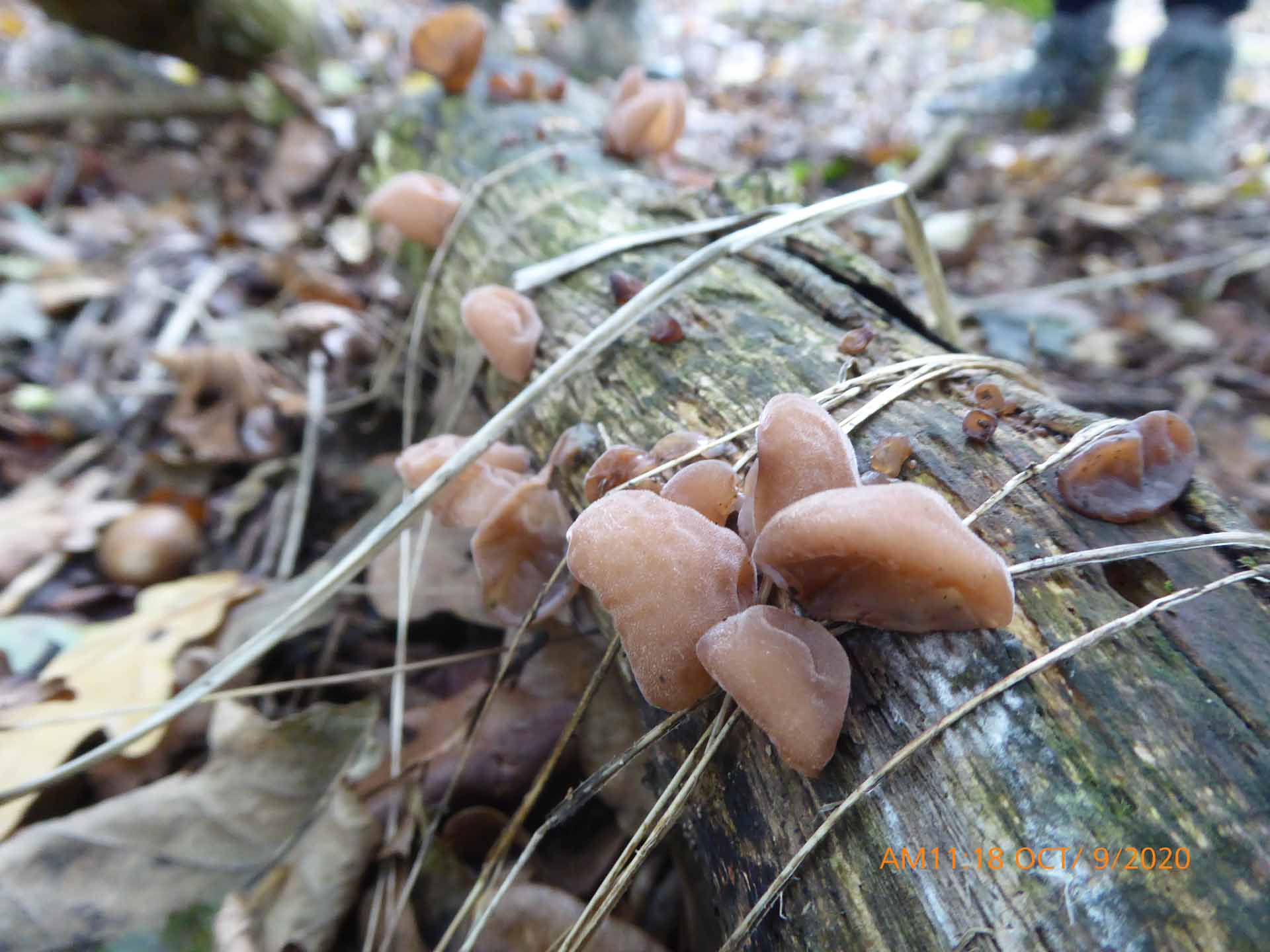
Since we do not at present, have a Mycology recorder in the Society, there were very few fungi in the trugs that we could properly identify on the spot. We were able to identify some of the more common species like Jelly ear, Common coral spot, Beech black spot and Witches butter on various rotting stumps and logs and Roy held up Common bramble rust, powdery mildew on Herb Robert, a rust on Ground ivy and interestingly, told us that every rust and mildew is host specific – that is – a rust can be identified to its exact species if you know what plant it is found on. Not so with other fungi though, as a couple of us have found out when we took our specimens home to identify. Watch this space! We may soon have a Mycology expert in our midst!
